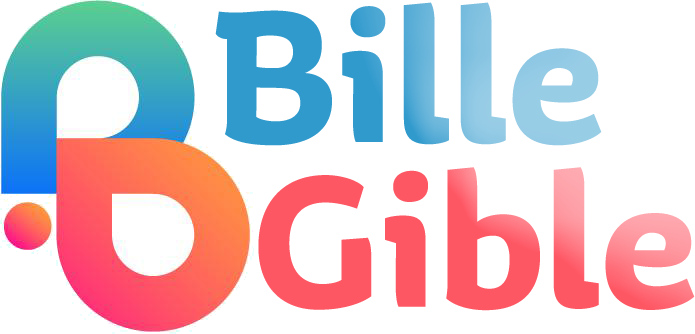Cooking for yourself or loved ones with food allergies can seem daunting. Allergens lurk in seemingly innocuous ingredients, and the stakes include potentially life-threatening reactions. But fear not — preparing allergen-free meals can be a straightforward process that does not compromise on flavor or satisfaction. Here’s how to transform your kitchen into a safer, allergen-free zone while still whipping up culinary delights.
Understanding common allergens

Know Your Enemies: The first step in allergen-free cooking is to understand the common allergens. These typically include milk, eggs, fish, shellfish, tree nuts, peanuts, wheat, and soy. These eight allergens account for the majority of allergic reactions, and being familiar with their various forms is vital.
Ingredient knowledge is power
Master your ingredient lists. Read them thoroughly when purchasing products, as allergens often appear under different names. For instance, casein and whey are derivatives of milk, and gluten can be found in many grains outside of wheat, such as barley and rye.
Cross-Contamination: the hidden threat
Ensuring your foods do not come into contact with allergens is as important as the ingredients themselves.
Keep it clean
Daily Diligence: Regularly clean all surfaces, utensils, and appliances to reduce the risk of cross-contamination. Use separate cutting boards and knives for allergen-free cooking or thoroughly wash them between uses.
The segregation strategy
Designate Allergen-Free Zones: Having dedicated sections in the pantry, fridge, and countertops reduces the chances of inadvertent allergen contact. Clearly label storage containers and ensure that allergen-containing foods are stored in a way that prevents them from contaminating other foods.
The art of substitute alchemy
Creating delicious alternatives to allergen-containing foods is an art in itself.
Alternative ingredients
Explore New Horizons: For instance, nut milk, oat milk, or rice milk can replace cow’s milk in most recipes. Egg substitutes can range from commercial products to natural alternatives like applesauce or flaxseed mixed with water. When it comes to baking, gluten-free flour blends can work wonders.
Flavor innovation
Think Outside the Allergen Box: Often, the flavor profiles of allergenic foods can be mimicked with creative seasoning and cooking techniques. For instance, nutritional yeast can impart a cheesy flavor without the dairy, and coconut aminos can be a safe stand-in for soy sauce.
Cooking techniques that maximize flavor
It’s not just about what you cook, but how you cook it. The right technique can elevate allergen-free ingredients to new heights.
Roasting and caramelizing
Unlock the Potential: Introducing a Maillard reaction, which is the browning of foods, can deepen flavors. Roasted vegetables, caramelized onions, or toasting gluten-free grains before cooking them can unlock rich flavors that might otherwise be less prominent in allergen-free dishes.
Incorporating umami
Layer the Savory: Umami, or the fifth taste, is deeply satisfying and can replace the depth of flavor that sometimes is missing from allergen-free foods. Mushrooms, tomatoes, and fermented foods like sauerkraut, can add this essential savoriness.
Organizing safe and allergen-free meal prepping
Meal prepping is a fantastic way to ensure safe allergen-free meals throughout the week.
Planning with precision
Sketch Your Menu: Map out your weekly meals. This step not only saves time and money but also means you can precisely control what goes into your food. Choose recipes that you can cook in batches and that are versatile.
Batch cooking and freezing
Cook in Quantity: Preparing large quantities of allergen-free meals and freezing portions can be a lifesaver during busy weeks. Just remember to label your containers with the date and contents to ensure freshness and safety.
The importance of personalizing meals
Tailoring your cooking to specific allergies is essential. Not everyone with food allergies has the same sensitivities.
Dialogue and documentation
Communicate and Adjust: Keep an open dialogue with the person with allergies. What are their preferences, and what do they absolutely need to avoid? Keeping a food diary can help identify what works and what triggers reactions.
Empathy in the kitchen
Consider the Individual: Show empathy for those with food allergies. Including them in the meal-planning process and cooking something special that everyone can enjoy can make a big difference in their dining experience.
Educate and embrace the allergy-friendly community
Joining forces with others who are dealing with similar issues can be empowering.
Support networks
Find Your Tribe: Online forums, local support groups, and social media platforms can provide invaluable advice and recipes. They are also great spaces to share experiences and solutions — and to remember you’re not alone in this.
Continuous learning
Stay Up-to-Date: The world of allergen-free cooking is constantly evolving with new products, literature, and legal requirements around food labeling. Keep educating yourself to stay on top of the latest developments.
Cooking allergen-free meals is an ongoing process of education, adaptation, and experimentation. While it requires attention to detail and an understanding of the complexities involved, it brings the reward of creating meals that are both safe and sumptuous. By embracing these tips, you can navigate the challenges of allergen-free cooking with confidence and flair. Remember that every successful allergen-free meal is a step towards a safer and more inclusive culinary world for those with food allergies.
Keep experimenting, keep learning, and let your allergen-free cooking journey add a special flavor to your life and the lives of those you cook for.

